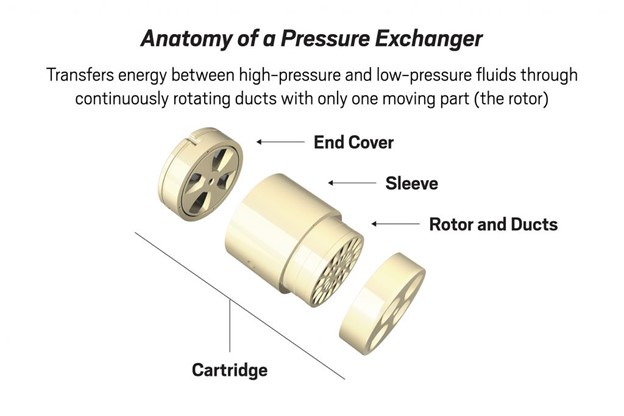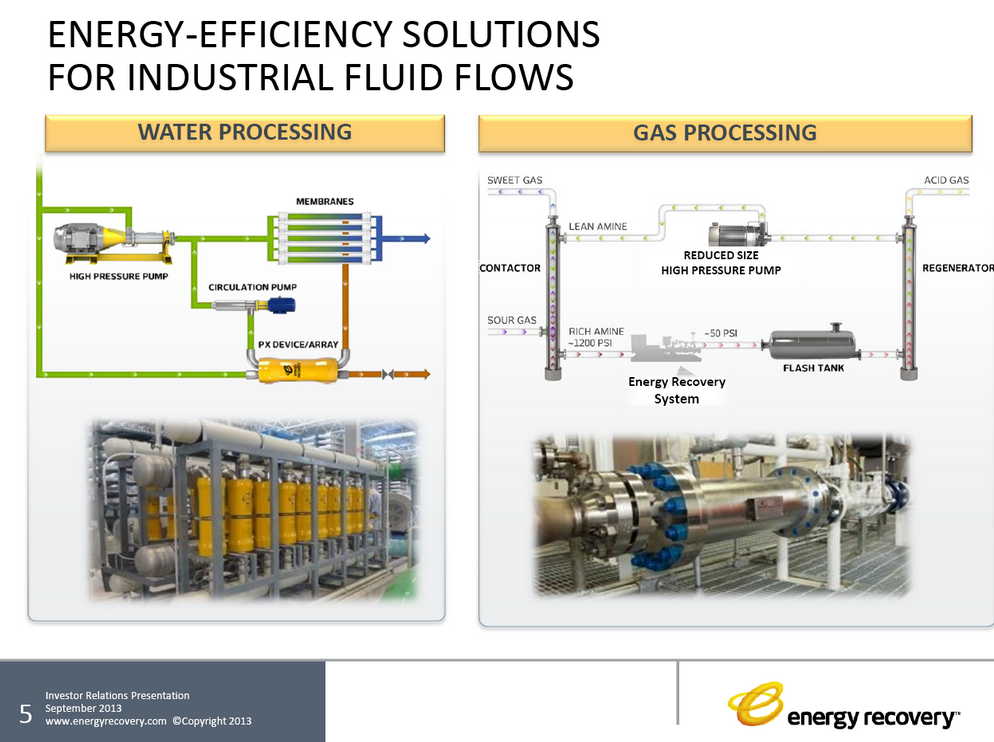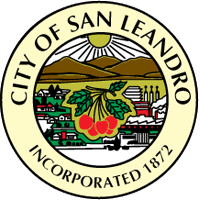Energy Recovery: Leading the Way in Sustainable Technology and Management

Energy Recovery, an international advanced manufacturing company headquartered in San Leandro for over a decade, is an industry leader in designing and manufacturing energy recovery devices, as well as in sustainable business practices.
With the worsening impacts of climate change, reducing energy and water use is critical to transitioning toward a sustainable economy. Energy Recovery, Inc., manufactures products that recover energy for industrial processes using a unique, high-efficiency pressure exchanger technology, which can generate energy savings of up to 60% and efficiencies up to 98% for customers.
Energy Recovery’s technology has been critical to applications such as seawater reverse osmosis desalination for generation of freshwater or for wastewater treatment processes. The company has pioneered technologies that make desalination economically viable and environmentally sustainable. Their PX Pressure Exchanger (PX) ERD saves water desalination customers approximately USD $2.6 billion annually in energy costs. In 2020, the PX, which generates no emissions when operating, also helped their customers avoid 26 terawatt hours and approximately 12.5 million metric tons of carbon emissions – equivalent to removing more than 2.7 million passenger vehicles from the road annually. Read here for more information about Energy Recovery’s technology.
This San Leandro advanced manufacturing company was founded in Virginia in 1992 by Norway native Leif Hauge. Leif was inspired by the challenge of pumping water from a fjord to his brother’s vegetable farm to design and build an energy exchanger for water desalination plants. Following a successful IPO in 2008, ERI has expanded globally from its San Leandro headquarters to include offices in Madrid, Spain; Dubai, United Arab Emirates; Shanghai, China. In 2016, they were awarded an East Bay Innovation Award from the East Bay Economic Development Alliance in the category of Engineering and Design for their innovative technology.
Energy Recovery is also a business leader in sustainable management, having formally adopted an Environmental, Social, and Governance (ESG) program outlining 14 issue topics that are priorities for the business. These topics include environmental and climate risks, communities, and systemic risk oversight.

As part of its commitment to sustainability, Energy Recovery undertook major changes to its San Leandro facility, a site for R&D, operations, and on-site manufacturing. In 2010, the facility was retrofitted for earthquake resilience. The facility and operations were then designed for efficiency. An advanced lighting system, HVAC economizers, and tight use schedules were implemented to reduce energy use. The installed kilns and the Alumina drying equipment reuse 30% of energy generated. In addition, thirty percent of alumina byproduct waste is reused, and the facility has a closed-loop water system for its manufacturing testing operations.
The company continues to improve its energy efficiency and reduce its usage. It is currently seeking ISO 14001 certification to validate its environmental management system and guide the continuous improvement of its environmental impact. It plans to install roof-mounted solar panels, ten electric vehicle charging stations, further upgrade its high efficiency lighting, increase internal reuse of byproducts from 30% to 50%, eliminate the use of disposable kitchenware, reduce its usage of city water, and eventually address the downstream impacts of its waste.
“We understood early on that, when it comes to sustainability, there is no silver bullet. We look at all aspects of our business and look for opportunities” says Nocair Bensalah, Vice President of Operations.
Furthermore, Energy Recovery continues to seek ways to mitigate the effects of climate hazards on its operations. For example, the company is considering the business risks of power outages, hailstorms, and heatwaves as part of its business continuity risk assessment plan. Energy Recovery has committed to aligning its ESG program with the Task Force on Climate-related Financial Disclosures (TCFD). The TCFD recommendations provide a structured approach to evaluating and communicating the potential impact climate change may have on a company. It also acknowledges that climate change presents serious challenges to everyone and requires collaboration to address.








Leave a Reply